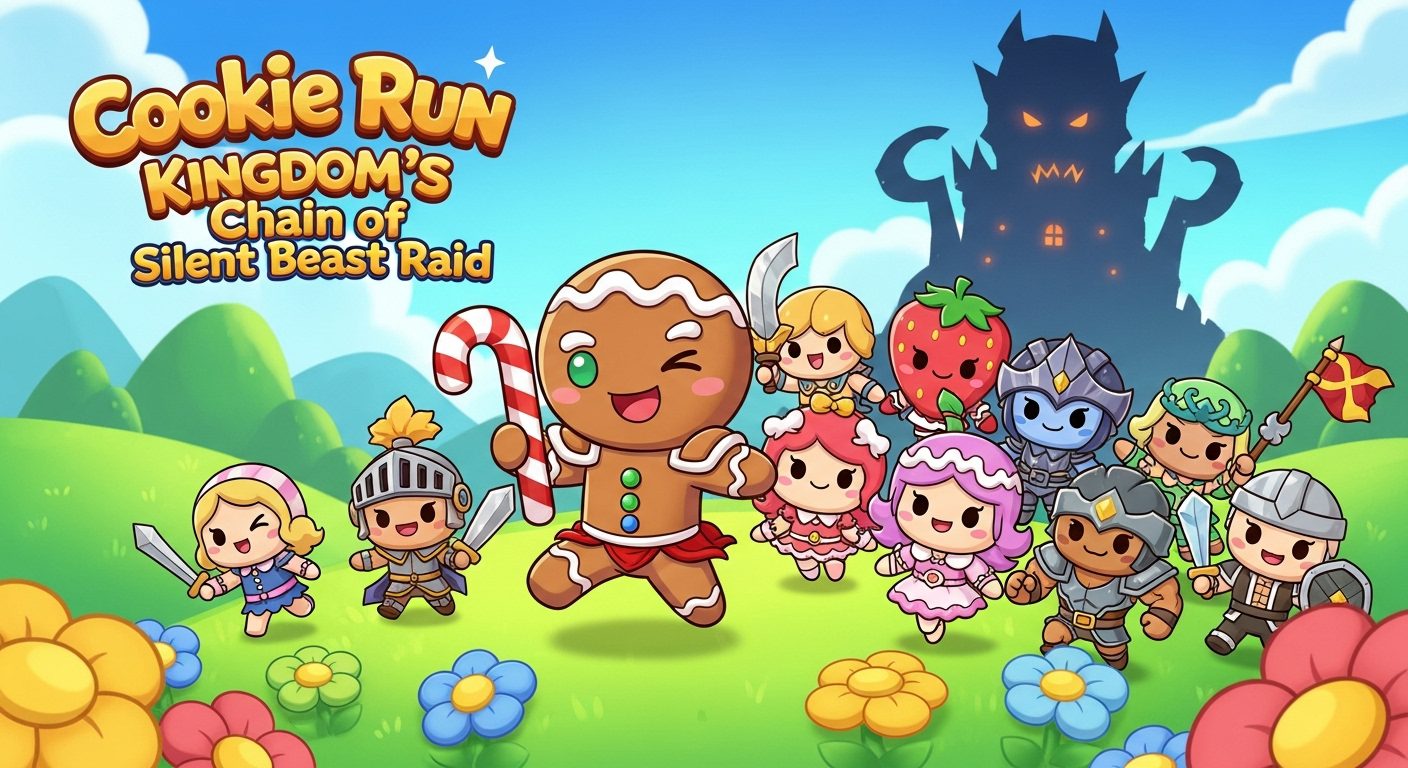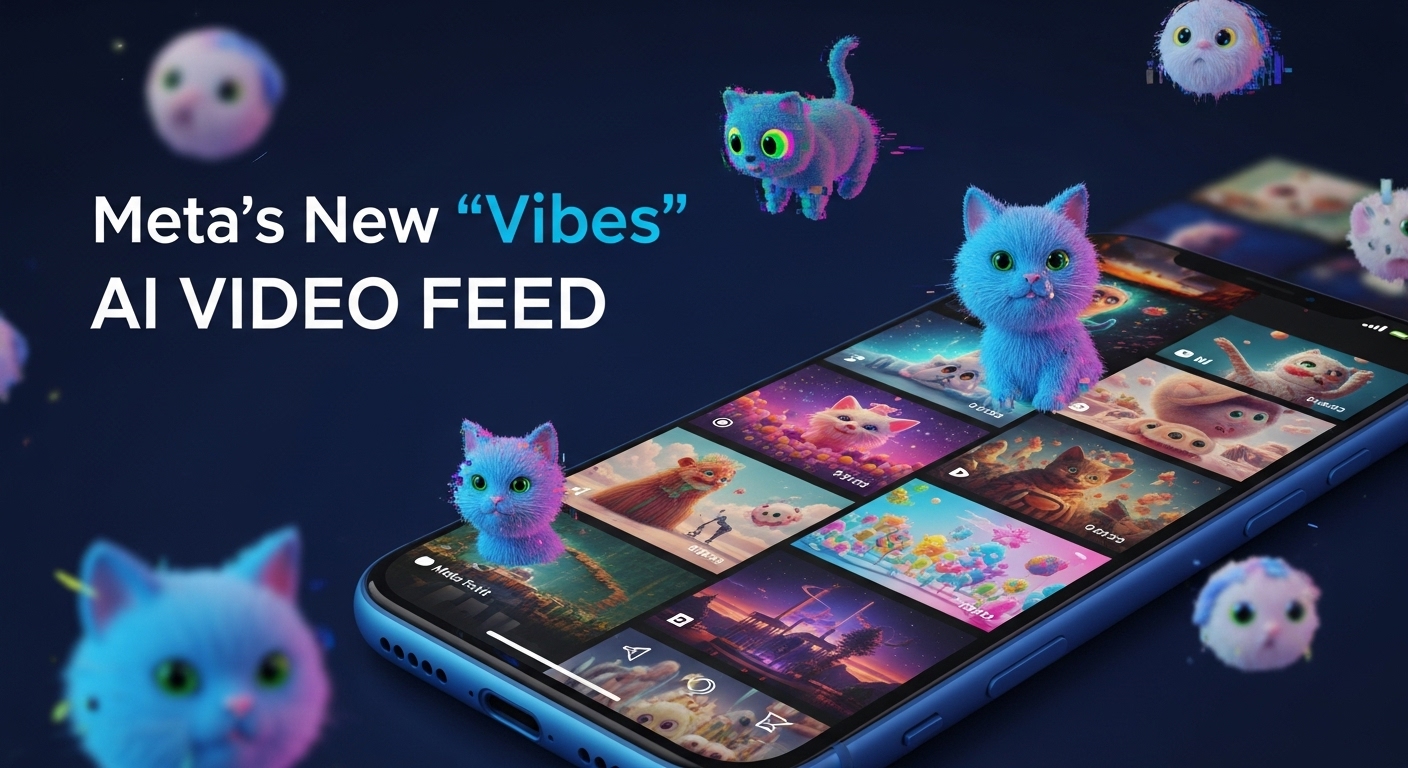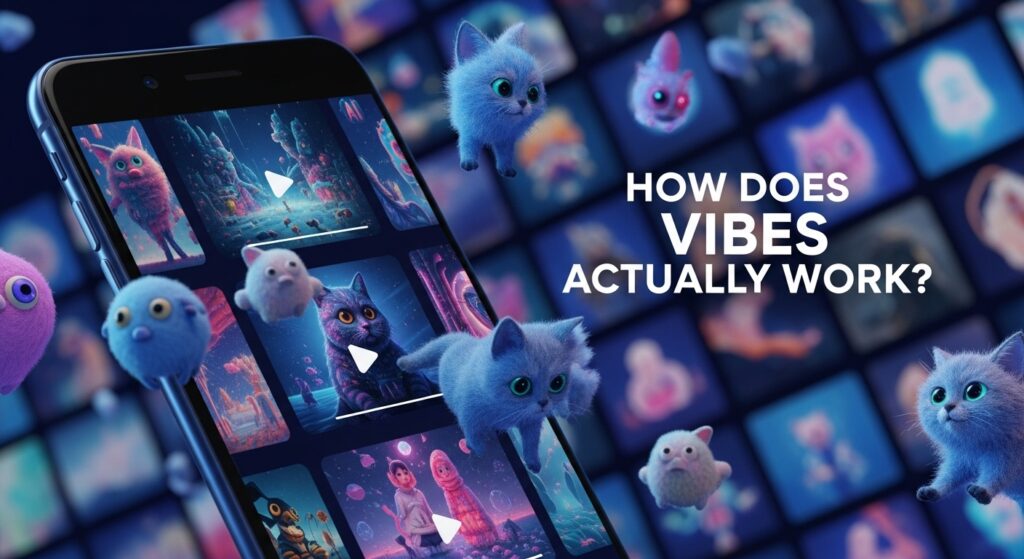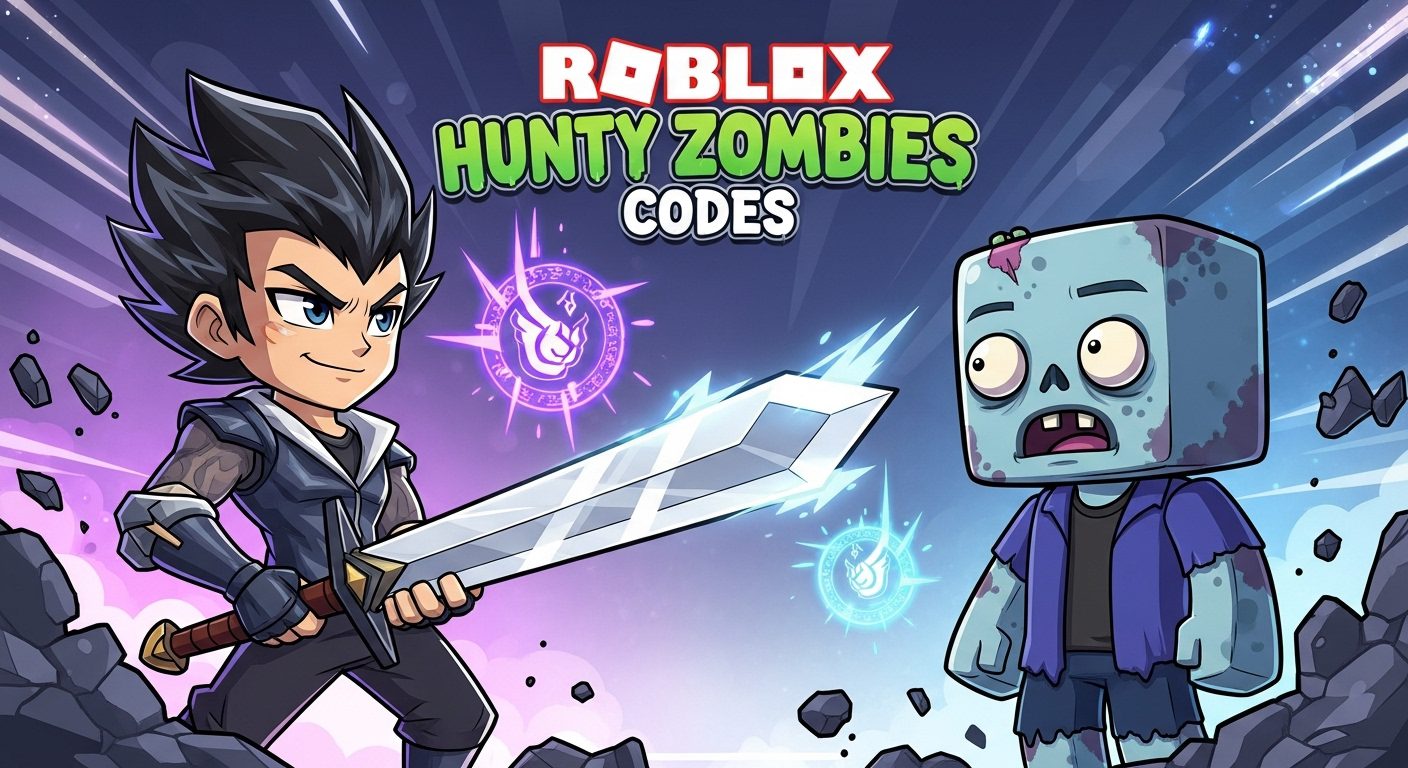

I’ll be honest when I first heard about Meta’s latest creation called “Vibes,” my immediate reaction was a mix of confusion and disbelief. Meta is introducing “Vibes,” a new feed in the Meta AI app and on meta.ai for sharing and creating short form, AI generated videos. Think TikTok or Instagram Reels, but every single video you come across is essentially AI slop.
It’s 2025, and instead of focusing on authentic human creativity, Meta’s decided to flood our feeds with an endless stream of artificially generated content. I can’t help but wonder: did anyone actually ask for this?
Let me break down what Vibes actually is, because it’s both fascinating and concerning at the same time. The Vibes feed features AI generated videos made by users and content creators, and it’s integrated directly into the Meta AI app and the meta.ai website.
Here’s what makes Vibes different from traditional social media platforms:
When I watched Zuckerberg’s announcement, I saw some pretty bizarre examples. In one video, a group of fuzzy looking creatures hops from one fuzzy cube to another. In another, a cat kneads some dough. A third video shows what appears to be an ancient Egyptian woman taking a selfie on a balcony overlooking Ancient Egypt.
Honestly? It all looks pretty surreal and, frankly, weird.

I’ve been diving into how this whole system operates, and it’s more complex than you might think. With Vibes, you can start from scratch, work with content you already have, or remix a video from the feed to make it your own. Add new visuals, layer in music, and adjust styles to match your taste.
Here’s how I understand the workflow:
The platform gives you several sharing options, which I think is actually pretty smart from a user experience perspective.
What’s particularly interesting is the tech stack Meta’s using. Meta’s chief AI officer Alexandr Wang shared in a post that the company has partnered with AI image generators Midjourney and Black Forest Labs for the early version of Vibes, while Meta continues developing its own AI models.
This tells me that Meta’s hedging its bets they’re using proven AI tools while working on their own technology. It’s a smart strategy, but it also shows they might be rushing to market.
I have to say, the public response has been absolutely brutal. When I scrolled through the comments on Zuckerberg’s announcement post, I found reactions that perfectly capture what most people are thinking.
The top comment on the post reads: “gang nobody wants this,” while another popular comment says: “Bro’s posting ai slop on his own app.” Another comment reads: “I think I speak for everyone when I say: What….?”
The term “AI slop” has become increasingly common, and I think it perfectly describes the problem. Here’s why people are so frustrated:
Lack of authenticity: Social media used to be about connecting with real people and their genuine experiences. AI-generated content feels hollow and meaningless.
Content saturation: We’re already drowning in content. Adding an endless stream of artificial videos doesn’t solve any real problem it makes things worse.
Creative devaluation: By promoting AI-generated content, Meta might be undermining human creators who put real effort into their work.
I’ve noticed this sentiment growing across multiple platforms. The launch has sparked sharp criticism from users, many dismissing it as “AI slop”, and I can understand why.
Here’s what really bothers me about this launch the timing and messaging don’t make sense. This makes Meta’s move particularly puzzling, given that the company said earlier this year that it was tackling “unoriginal” Facebook content and advised creators that they should focus on “authentic storytelling,” not short videos offering little value.
So let me get this straight: Meta tells creators to focus on authenticity and original storytelling, then launches a platform that’s entirely artificial content? The contradiction is glaring.
The issue extends beyond just Meta. The problem has become so widespread that companies like YouTube are now looking to crack down on the issue of AI-generated content flooding their platforms.
This makes Meta’s decision even more puzzling. While other platforms are trying to combat AI slop, Meta’s actively promoting it. I’m struggling to understand the strategy here.
Despite my concerns about the concept, I have to admit the technical implementation seems pretty robust. Let me walk you through what Vibes actually offers:
The cross platform nature is actually impressive:
The feed will become more personalized over time, which means Meta’s algorithm will learn from your viewing and creation patterns to serve more relevant content.
I’ve been thinking about why Meta would launch something that seems so universally unwanted, and I think I understand their strategy even if I don’t agree with it.
The launch of the new feed comes as Meta has recently invested heavily in revamping its AI efforts amid concerns that it was falling behind competitors like OpenAI, Anthropic, and Google DeepMind.
Meta’s clearly feeling pressure to prove they’re innovative in AI. Vibes might be their way of showing they can create AI experiences that competitors haven’t thought of.
The company’s been making significant organizational changes. In June, the company restructured its AI efforts to create an AI division called “Meta Superintelligence Labs” following notable staff departures.
This tells me that Vibes isn’t just a random product it’s part of a larger strategic shift toward AI first content creation.
As someone who follows the creator economy closely, I’m worried about what Vibes might mean for human creators. Here are my main concerns:
If AI-generated content becomes normalized and widely consumed, what happens to creators who put real effort into their work? There’s a risk that audiences might become accustomed to the instant gratification of AI content, making it harder for human creators to compete.
Meta controls the algorithms that determine what content gets seen. If they start promoting AI content through Vibes, it might affect how human created content performs on Instagram and Facebook.
Content creation is many people’s livelihood. If brands start preferring AI-generated content because it’s cheaper and faster to produce, that could seriously impact creator income.
I haven’t been able to extensively test Vibes yet since it’s still rolling out, but based on the examples I’ve seen, I have mixed feelings about the user experience.
Let me put Vibes in context with other platforms you’re probably already using:
| Platform | Content Type | Creator Base | Monetization | Authenticity |
|---|---|---|---|---|
| TikTok | Human created | Real people | Creator fund, brand deals | High |
| Instagram Reels | Human created | Real people | Ads, partnerships | High |
| YouTube Shorts | Human created | Real people | Ad revenue sharing | High |
| Meta Vibes | AI-generated | Algorithms | TBD | Low |
The contrast is pretty stark when you lay it out like this.
I can’t discuss Vibes without addressing some serious concerns about privacy and ethics.
When you create content on Vibes, you’re essentially feeding Meta’s AI models with your preferences and creative choices. This data will likely be used to improve their algorithms, but it also gives Meta incredible insight into what people find engaging.
Who owns the rights to AI-generated videos? If I use Vibes to create content and then share it across platforms, what are the legal implications? These questions don’t have clear answers yet.
My biggest concern is how AI-generated content might affect our relationship with information and reality. When everything looks real but isn’t, it becomes harder to distinguish between authentic and artificial content.
Based on what I’m seeing in the early rollout, user adoption seems… underwhelming. The comments on Meta’s announcement posts are overwhelmingly negative, which suggests that widespread adoption might be challenging.
Despite the criticism, I can see a few potential user groups:
But for mainstream adoption? I’m skeptical.
Vibes might be just the beginning. I suspect we’ll see more platforms experimenting with AI-generated content feeds. The question is whether users will embrace this shift or push back against it.
If Vibes gains traction, I could see features like:
On the other hand, we might see a counter movement toward platforms that explicitly promote human created content. There could be value in “verified human” badges or “AI-free” communities.
Here’s my honest prediction: Vibes will struggle to gain meaningful adoption among general users. The negative reaction has been swift and decisive, and I don’t see that changing dramatically.
However, I think it might find niche success in specific areas:
But as a mainstream social media platform? I doubt it.
If you’re wondering how to navigate this new landscape, here are my suggestions:
Vibes represents something bigger than just another Meta product it’s a signal about where social media might be heading. We’re at a crossroads between human authenticity and artificial convenience.
I think the success or failure of Vibes will tell us a lot about what users actually want from their social media experience. Do we want endless, perfectly optimized content, or do we crave genuine human connection?
These aren’t just technical questions they’re fundamental questions about what kind of digital future we want to create.
After diving deep into Meta’s Vibes launch, I’m left with mixed feelings. From a technical standpoint, it’s impressive. The AI capabilities are advancing rapidly, and the integration across Meta’s ecosystem is well executed.
But from a human standpoint? I’m concerned. Social media was supposed to connect us with each other, not replace human creativity with artificial content. The overwhelmingly negative reaction from users suggests I’m not alone in this concern.
We’re excited to see what you create and gather feedback to keep iterating and advancing our AI video tools together, Meta says. But based on the feedback I’ve seen so far, users are pretty clear about what they think.
I’ll be watching to see how Vibes evolves and whether Meta can address the legitimate concerns that users have raised. But right now, it feels like a solution in search of a problem a technically impressive feature that misses the point of what makes social media valuable.
The real question isn’t whether we can create endless streams of AI content it’s whether we should. And based on everything I’ve seen, I’m not convinced we should.
What do you think? Are you excited about AI-generated social media content, or do you think it’s missing the point entirely? I’d love to hear your thoughts as this technology continues to evolve.
Meta Vibes is a new short form video feed launched in October 2025 that features entirely AI-generated content. It’s integrated into the Meta AI app and meta.ai website, allowing users to create, remix, and share artificial videos similar to TikTok or Instagram Reels.
You can access Vibes through the Meta AI app on your phone or by visiting meta.ai in your web browser. The feature is currently rolling out to users gradually.
Yes, you can share AI-generated videos from Vibes directly to Instagram Stories and Reels, Facebook, or send them via direct message to friends.
Meta has partnered with Midjourney and Black Forest Labs for the initial version while developing their own AI video models internally.
Meta hasn’t announced specific pricing details, but it appears to be included as part of the Meta AI app experience.
Many users criticize Vibes as “AI slop” because they feel it floods social media with artificial, low value content that lacks the authenticity and human connection that makes social media meaningful.
While Vibes focuses on AI-generated content, it’s unlikely to completely replace human creators. However, it may change how platforms prioritize and promote different types of content.
Similar to other social media platforms, Vibes uses an algorithm that learns from your viewing patterns and preferences to show more personalized AI-generated content over time.

